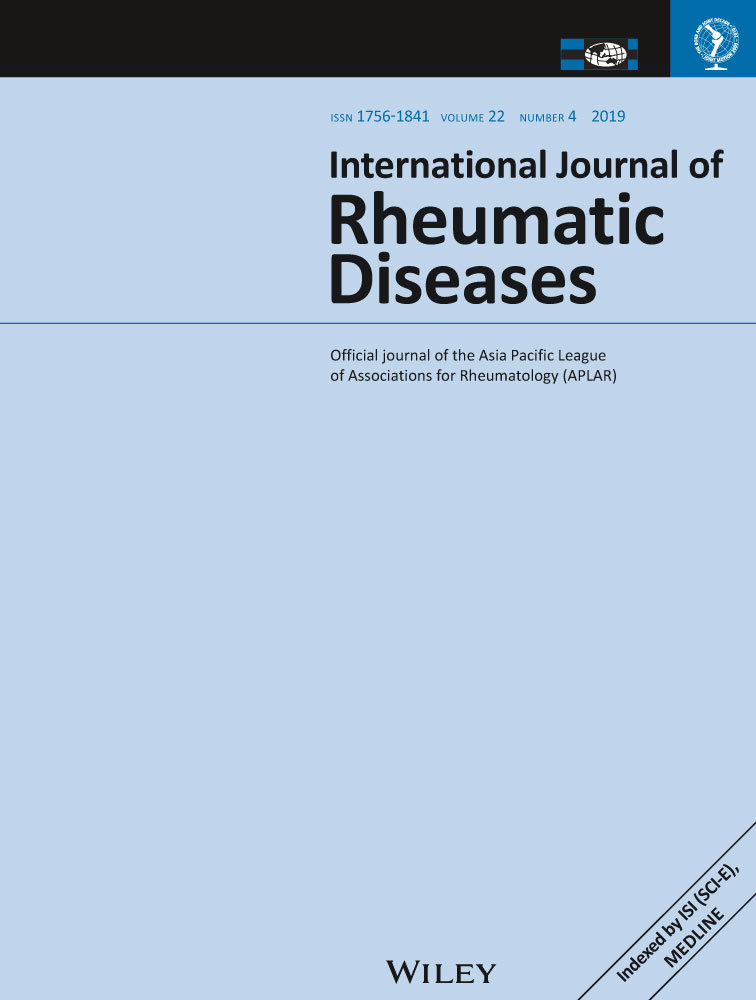Impact of hepatitis C treatment on pain intensity, prescription opioid use and arthritis
Abstract
Objective
To assess the impact of direct acting anti-viral (DAA) therapy for hepatitis C virus (HCV) infection on changes in pain intensity and prescription opioid use among Veterans.
Methods
We conducted a retrospective cohort study of Veterans with HCV who were seen in a rheumatology clinic at least once while receiving DAA therapy between January 1, 2010 and December 31st 2016. Demographic characteristics, HCV status, HCV treatment characteristics, numeric rating scale (NRS) pain scores and opioid prescription data were extracted from the electronic medical record. Pain scores were averaged over 6 months prior to HCV treatment and 6 months after completion of treatment. Prescription opioid dose was converted to a morphine equivalent daily dose (MEDD) and averaged across the two 6-month intervals. Generalized estimating equations were used to model the change in average pain and MEDD from pre- to post-HCV treatment. Effect size was assessed using Cohen’s d.
Results
A total of 121 Veterans, 91% male with average age of 59 were included. Average pre-treatment pain was 4.4 (SD 2.4). The average reduction in pain scores was 0.6 points (P = 0.02, Cohen’s d = 0.22) after treatment. Among 67 patients prescribed chronic opioid therapy at baseline, average pre-treatment MEDD was 52.4 mg (SD = 62.5 mg) and post-DAA treatment average MEDD was 49.5 mg (SD = 69.3 mg), representing a decrease by 2.9 mg (P < 0.01, Cohen’s d = 0.14). Opioid dose reduction was seen in 43/67 patients and 12 patients discontinued opioids entirely.
Conclusion
Among US Veterans, subjective pain scores had modest improvement and opioid prescriptions were mildly reduced following treatment with DAA.
CONFLICT OF INTEREST
The authors have no conflict of interest to report.




